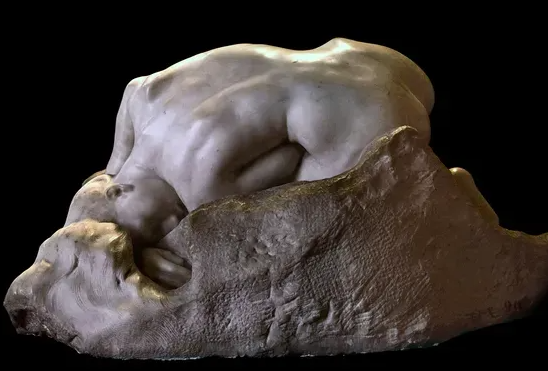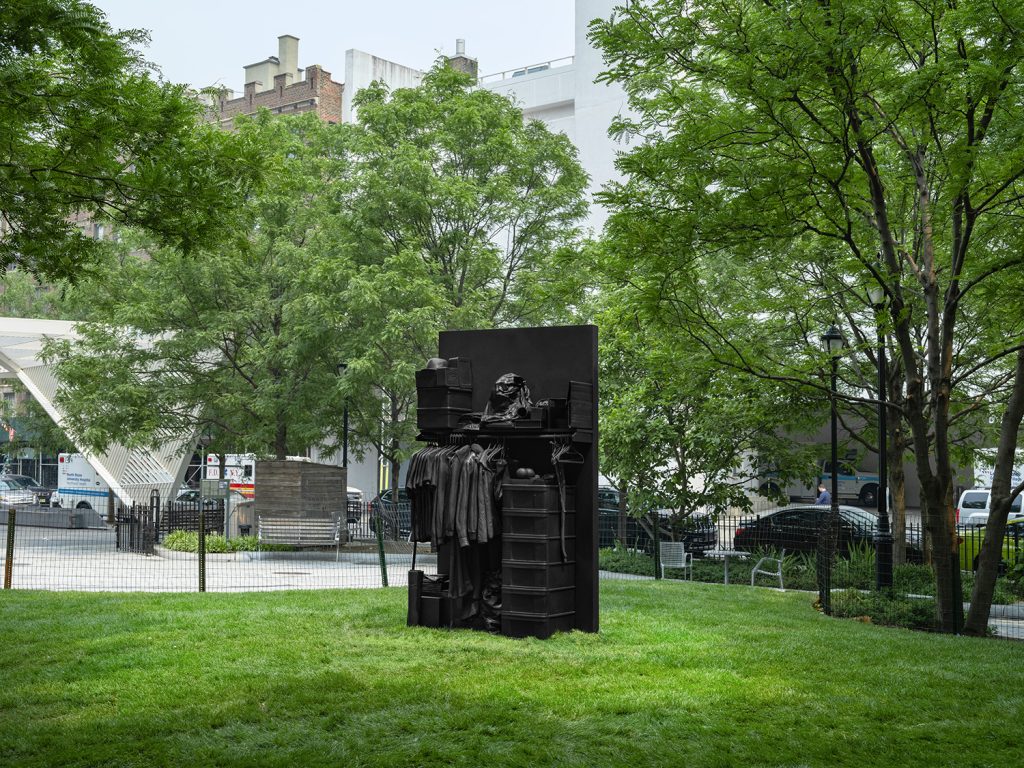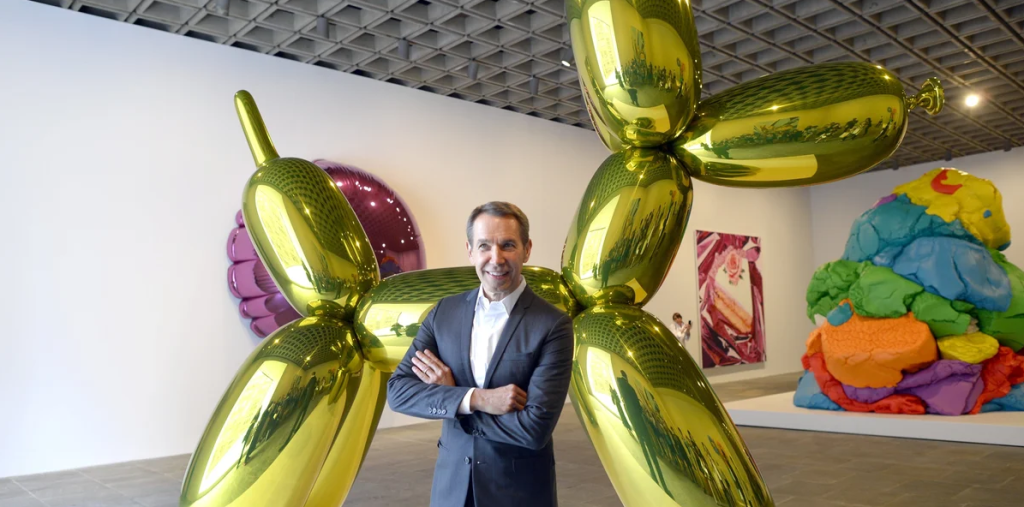Danaïde: The Goddess of Despair in Rodin’s Masterpieces
Auguste Rodin, a luminary of 19th-century sculpture, is renowned for creating works that capture the deepest human emotions. One of his most intriguing pieces is “Danaïde,” which embodies themes of despair and suffering through a haunting figure inspired by ancient Greek mythology. Understanding Rodin’s portrayal of this character allows us to appreciate the emotional depth and artistic mastery woven into his sculptures.
The Mythological Background of Danaïdes
In Greek mythology, Danaïdes were the fifty daughters of Danaus, who were forced to marry their cousins, the fifty sons of Aegyptus. Refusing their fate, they conspired to kill their husbands on their wedding night, resulting in their eternal punishment in the Underworld, where they were condemned to fill jars with water that perpetually leaked. Rodin’s depiction of Danaïde focuses on this tragic narrative, providing a visual representation of despair and the consequences of defiance. The story serves as a poignant reminder of human suffering and the complexities of choice, making Danaïde an emblem of emotional struggle.
Rodin’s Artistic Interpretation
Rodin’s interpretation of Danaïde is characterized by its expressive form and the detailed craftsmanship that highlights the emotional turmoil within. The figure is depicted in a posture that suggests both anguish and resignation, capturing the essence of her mythological story. Rodin’s skillful use of drapery and the play of light on the form evoke a sense of gravity and weight, enhancing the sculpture’s emotional impact. This mastery in portraying raw feelings continues to resonate with viewers and invites them to reflect on their own experiences of despair and resilience.
The Legacy of Danaïde in Modern Art
Danaïde remains a significant figure in the study of art history, influencing modern interpretations of despair and suffering. Her portrayal by Rodin has inspired numerous artists to explore similar themes, transcending cultural and temporal boundaries. The emotional depth found in Rodin’s work encourages contemporary artists to confront difficult emotions, prompting a dialogue about the human condition. In exhibitions, Danaïde continues to captivate audiences, reminding us of the timeless nature of sorrow and the beauty that can arise from it.
In conclusion, Danaïde, as sculpted by Auguste Rodin, offers a potent exploration of despair rooted in mythological narrative and masterful artistry. Whether you are an art enthusiast or simply curious about the deeper meanings behind sculptures, Rodin’s work invites you to engage with complex emotions that are part of the human experience. Consider visiting a museum or reading more about Rodin’s other masterpieces to further immerse yourself in the world of art and its capacity to evoke profound feelings.


